Workplace burnout is a pervasive issue that affects employees across all industries and sectors. Burnout can arise from a variety of factors, including heavy workloads, long hours, and stressful work environments. When left unchecked, burnout can lead to decreased productivity, increased absenteeism, and an endless void of physical and mental health problems.
But it doesn’t have to be this way. Today, employers have more resources than ever before to help manage stress levels around the office. Read on to explore coping strategies for dealing with workplace burnout, particularly through workplace massage and the benefits it brings. By incorporating these coping mechanisms into the workday, you can help your team improve overall well being, as well as maintain job satisfaction and performance!
Recognizing the Signs of Workplace Burnout
Just like any other issue, the first step in addressing workplace burnout is recognizing it exists. This means understanding the signs and symptoms.
Burnout can manifest in a variety of ways, including physical, emotional, and cognitive symptoms. Physical symptoms can include exhaustion, headaches, and muscle tension, while emotional symptoms can include feelings of cynicism and detachment from work, as well as reduced job satisfaction. Cognitive symptoms can include difficulty concentrating, forgetfulness, and impaired decision-making abilities.
By recognizing these signs early on, you can take steps to prevent burnout from becoming increasingly severe. If you’re unsure of how to gauge how employees are feeling, try sending out an internal form where they can anonymously give feedback or – at the very least – rate their stress levels and workloads to start the conversation.
How to Help Employees Avoid Burnout
The signs of workplace burnout may seem obvious, but helping employees cope is another story. There are a variety of coping strategies that can be effective in managing burnout.
- Self-care. These strategies can include taking breaks throughout the workday, engaging in stress-reducing activities like yoga or meditation, and getting enough sleep and exercise.
- Time management. Try setting realistic goals and prioritizing tasks to prevent feeling overwhelmed by a heavy workload.
- Seeking support. Be it colleagues or supervisors, or both; encourage your team to reach out for help with specific tasks or projects, or to discuss the sources of stress and workload concerns.
These coping strategies can be used in combination to help manage and reduce workplace burnout. The key is to remember that each employee is different and thus, has different needs. This is where having a custom stress management program can be helpful to ensure everyone is set up for success, specifically one that includes workplace massage.
Incorporating Workplace Massage as a Coping Strategy
One of the most effective coping strategies for dealing with burnout is workplace massage (aka corporate massage). Workplace massage is a form of massage therapy that is offered in the office during business hours, usually in a chair or table set up specifically for massage. This type of massage typically focuses on the upper body, such as the neck, shoulders, back, and arms, and can be done with or without the use of massage oils or lotions. Workplace massage can be a practical way to reduce muscle tension and stress, improve circulation, and boost mood and productivity. Incorporating workplace massage into the workday can also help create a more relaxed and positive work environment, which can contribute to better overall job satisfaction and performance!
Hear from our massage therapists and learn how to prepare your office for a workplace massage event.
Other Workplace Strategies to Help Employees Thrive
While massage is a great tool to reduce employee burnout, there are many ways to stay ahead here! Flexible work arrangements, such as telecommuting or hybrid scheduling, can give employees greater control over their work and personal lives, which reduces stress and burnout. Stress-reducing activities, such as employer-sponsored virtual exercise programs or taking mental health breaks to walk outside, can also help prevent burnout by promoting physical and mental wellbeing.
Establishing clear boundaries between work and personal time can also help prevent employees from feeling overwhelmed by their workload and responsibilities. By combining workplace massage with other effective strategies, employees can take a more holistic approach to managing and preventing workplace burnout.
Custom Stress Management Programs Curb Workplace Burnout
Employers have a responsibility to create a safe and healthy work environment for their employees. By understanding the signs of workplace burnout and taking steps to prevent and manage it, businesses can sustain a more productive and positive workplace. One effective strategy that could be implemented is a stress management program featuring workplace massage. By offering massage therapy to their employees, employers can promote physical and mental wellbeing, reduce stress and burnout, and improve job satisfaction and performance!
If you’re an employer looking to build your own stress management program, consider incorporating workplace massage as a key component. Your employees will thank you for it. Body Techniques partners with brands across the country to create healthy work environments. Start building your own program today!




